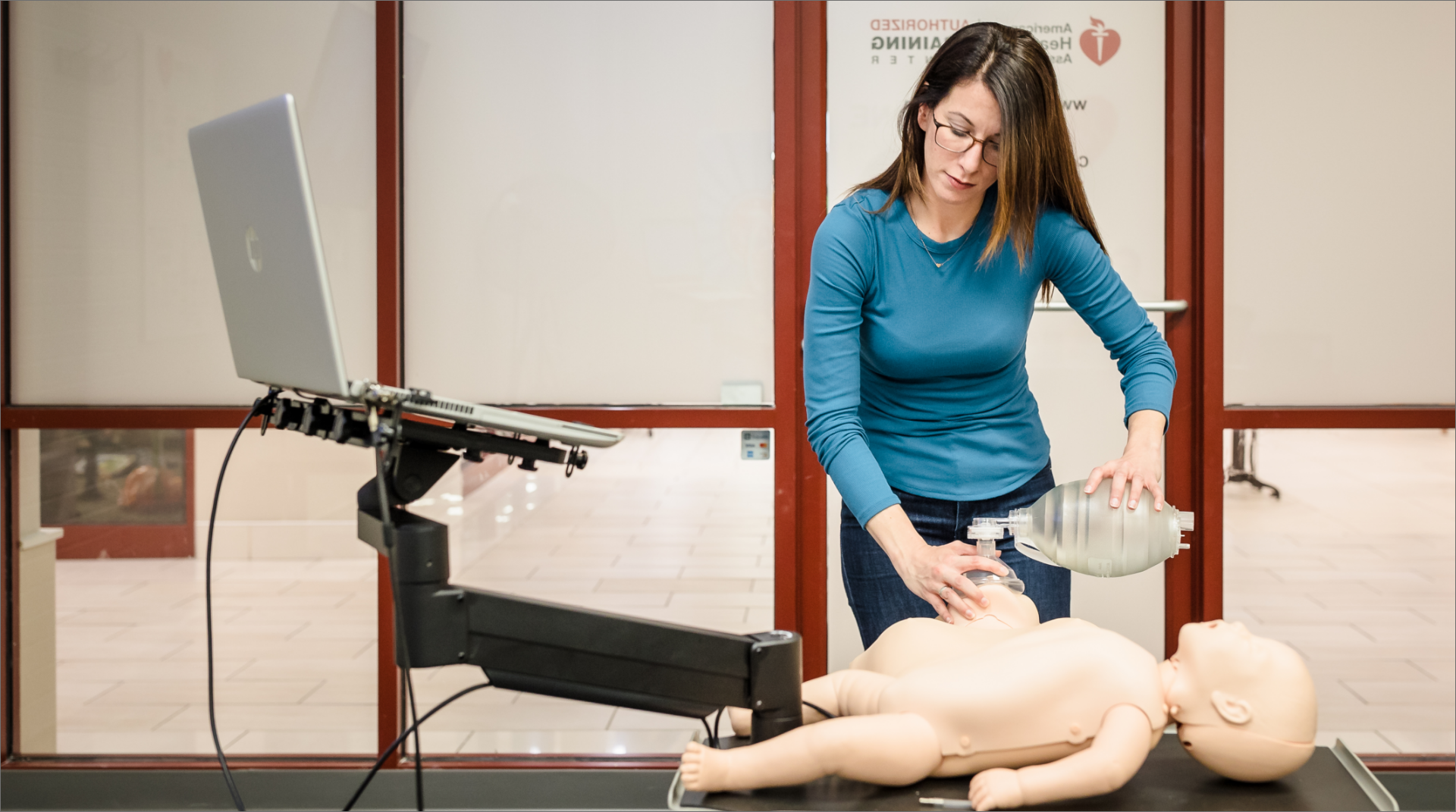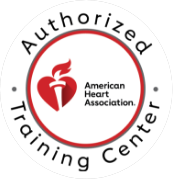

CPR Resource Center
The most comprehensive library of emergency training resources — including videos, articles, downloads, and more.


The most comprehensive library of emergency training resources — including videos, articles, downloads, and more.
In a time when everything has become so very complicated a simple activity can help save lives. It is easy to learn. It does not require fancy or expensive equipment. Anyone can learn to do it. What is this rewarding experience? It is Cardio-Pulmonary Resuscitation, also known as CPR.
Most people have seen CPR in the movies or TV programs. They are familiar with seeing chest compressions and rescue breaths being administered to a victim.
Recently the radio, internet and television have been running ads about “Hands Only CPR”. This suggests that breaths are no longer a part of CPR. A common question from experienced CPR providers is…
“What happened to the breaths in CPR? Have breaths been removed because of Covid 19?”
Actually, no. While Covid 19 has caused many people to hesitate from providing ventilations, the idea of Hands Only CPR started many years ago. One of its origins is found in the 911 emergency dispatch protocols. The New England Journal of Medicine published an article on July 29, 2010 entitled, “CPR with Chest Compression Alone or with Rescue Breathing”.
It describes a study comparing EMS dispatcher instructions to 911 callers reporting a victim of sudden cardiac arrest. About 50% of the callers were given instructions for chest compressions only. The other half were given instructions for both compressions and ventilations. The results demonstrated neither method provided a better clinical outcome.
Imagine a 911 caller without any CPR training. Pushing hard and fast on the chest is simpler to describe compared to adding in effective breaths. That means a bystander can begin good chest compressions immediately. And time saved can mean a life saved!
The ease of Hands Only CPR should encourage more and more bystanders to provide life saving compressions to family, friends and strangers who suffer sudden cardiac arrest. It is simple and more impersonal than traditional CPR. Most victims of sudden cardiac arrest were breathing prior to the event. Their lungs and bloodstream are already filled with a reserve of oxygen. It will span the time from onset until the arrival of trained responders.
Of course, longer periods of cardiac arrest require ventilations to be administered with compressions. In addition, some people suffer cardiac arrest as a result of a respiratory problem. Conditions such as COPD, Congestive Heart Failure, Drowning, Asthma and Substance Overdose can deny the heart of the oxygen needed to maintain a heartbeat. In these cases it is imperative to provide traditional CPR with proper ventilations. Hands Only CPR is a supplement to Traditional CPR, not a replacement. American Heart Association classes continue to provide for and instruct how to perform effective ventilations.
Every year, approximately 360,000 men and women in the United States die of Sudden Cardiac Arrest. Most of these people die before reaching a hospital. Early CPR and AED usage can make a difference between death and survival. Hands Only CPR is a significant weapon in that fight. It helps more bystanders to get involved. But it is only the first step. Traditional high quality CPR including compressions and ventilations remains the single most important treatment for survival in any cardiac arrest.
Thinking about learning to save a life? Remember Hands Only CPR. It’s safe, easy and effective!
Help Me Find a Course